How the U.S. military reloaded for big power warfare
Once obsessed with counterinsurgency, the Pentagon now has China and Russia in its sights
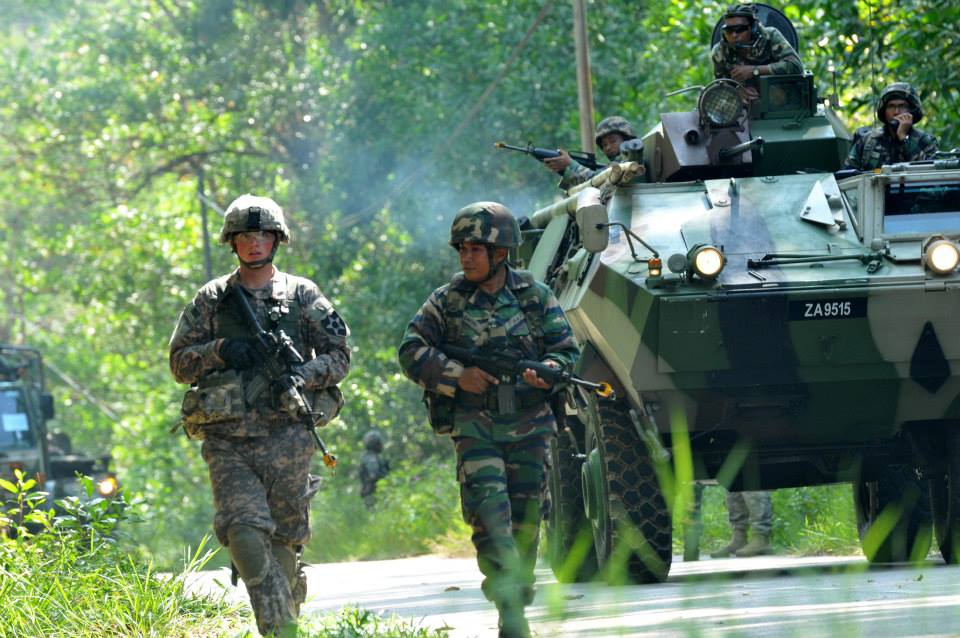
For more than a decade after 9/11, the United States has been involved in a series of wars that pitted the might of the U.S. military against terrorists and guerrilla movements. Examples include the wars in Afghanistan, Iraq, Yemen, North Africa, Somalia, Pakistan and the Philippines.
The military, which traditionally trains for high intensity war against other nation states, was drawn into fighting so-called "low intensity conflict." Unprepared to fight ragtag bands of insurgents in back alleys, jungles, and mountain passes, the services adapted.
Tankers and artillerymen turned in their tanks and howitzers for Humvees and patrolled Iraqi cities. The U.S. Army's Stryker fighting vehicles, introduced during the Iraq War, traded armor protection and firepower for mobility and speed.
The Week
Escape your echo chamber. Get the facts behind the news, plus analysis from multiple perspectives.

Sign up for The Week's Free Newsletters
From our morning news briefing to a weekly Good News Newsletter, get the best of The Week delivered directly to your inbox.
From our morning news briefing to a weekly Good News Newsletter, get the best of The Week delivered directly to your inbox.
Long-ranged B-1B bombers, originally designed to devastate the Soviet Union with nuclear weapons, were repurposed to drop bombs on the Taliban. U.S. Navy aircraft carriers flew sorties over Iraq and Afghanistan, and U.S. Navy destroyers chased pirates off the coast of Somalia.
Now, as combat operations in Iraq and Afghanistan have ceased, the Pentagon is turning its attention to future battlefields. Chief among them is Eastern Europe, where Russia has been conducting an undeclared war in Ukraine and threatens NATO. On the other side of the world, China threatens Taiwan and has acted aggressively against American allies in the South and East China Seas.
These potential adversaries are nothing like Al Qaeda, Iraqi militiamen, or the Taliban. They are what the Pentagon calls "near-peer competitors": countries with their own professional armies, equipped with modern weapons comparable to our own. Russia alone has 771,000 troops, equipped with 22,550 tanks and 1,399 combat aircraft. China has 2.25 million troops, 204 seagoing combat ships, and 2,100 combat aircraft.
Both Russia and China are pressing dubious territorial claims, and the United States is pushing back against both. In recent months, American forces have been forward deployed to Lithuania, Latvia, Estonia, Poland, and Romania, as a show of force to Russia. This week alone, eight A-10 Warthog tank killer jets from the Maryland National Guard flew to Estonia for training, and B-52 bombers took part in exercises over the Baltic Sea.
A free daily email with the biggest news stories of the day – and the best features from TheWeek.com
In the Western Pacific, the Littoral Combat Ship USS Fort Worth was recently shadowed by a Chinese frigate near waters claimed by China, and American maritime patrol aircraft have flown near artificial islands the Chinese military has been building in the South China Sea.
This new focus on big-power war is quietly reshaping the military, in many ways back to what it was before 9/11. The same Stryker vehicles purchased during the Iraq War are being up-gunned, the .50 caliber machine gun to be replaced by a more powerful 30-millimeter cannon capable of killing the latest generation Russian armored vehicles.
At sea, the U.S. Navy is moving ahead with a new generation of nuclear powered aircraft carriers, the Gerald Ford class, with one nearing completion and a second about to begin construction. These ships will fly the F-35 Joint Strike Fighter and, in the future, drones capable of a wide variety of missions. The U.S. Navy is pondering accelerating the production of the Virginia-class attack submarine from two to three per year, and a replacement, the Ohio-class ballistic missile submarines, are on the drawing board.
In the air, the F-35 Joint Strike Fighter will be joining the Air Force, Navy, and Marines by 2019. The Air Force will buy approximately 100 Long Range Strike Bombers capable of attacking targets on the ground and at sea over vast distances. The KC-46 Pegasus, a next generation aerial refueling tanker, will increase the operating range of both over the vastness of Eurasia and the Pacific.
This retasking of the military back to big power war will be enormously expensive. Ships and aircraft purchased during the 20th Century need to be replaced. The USS Gerald Ford will cost an estimated $12.88 billion, although the second ship in the class will allegedly cost less. The F-35 fighter program will cost $400 billion to develop and procure 2,443 jets, and the Long Range Strike Bomber project will cost $55 billion. Even the KC-46 tanker will cost 4.9 billion to develop and produce just 18 planes.
The United States is preparing to face down other big powers, but it doesn't necessarily face a second Cold War. There are strong incentives for Moscow and Beijing to avoid an adversarial relationship with Washington, one of which is the massive size of the U.S. military. The cost of maintaining that incentive, however, isn't going to come cheap.
Kyle Mizokami is a freelance writer whose work has appeared in The Daily Beast, TheAtlantic.com, The Diplomat, and The National Interest. He lives in San Francisco.
-
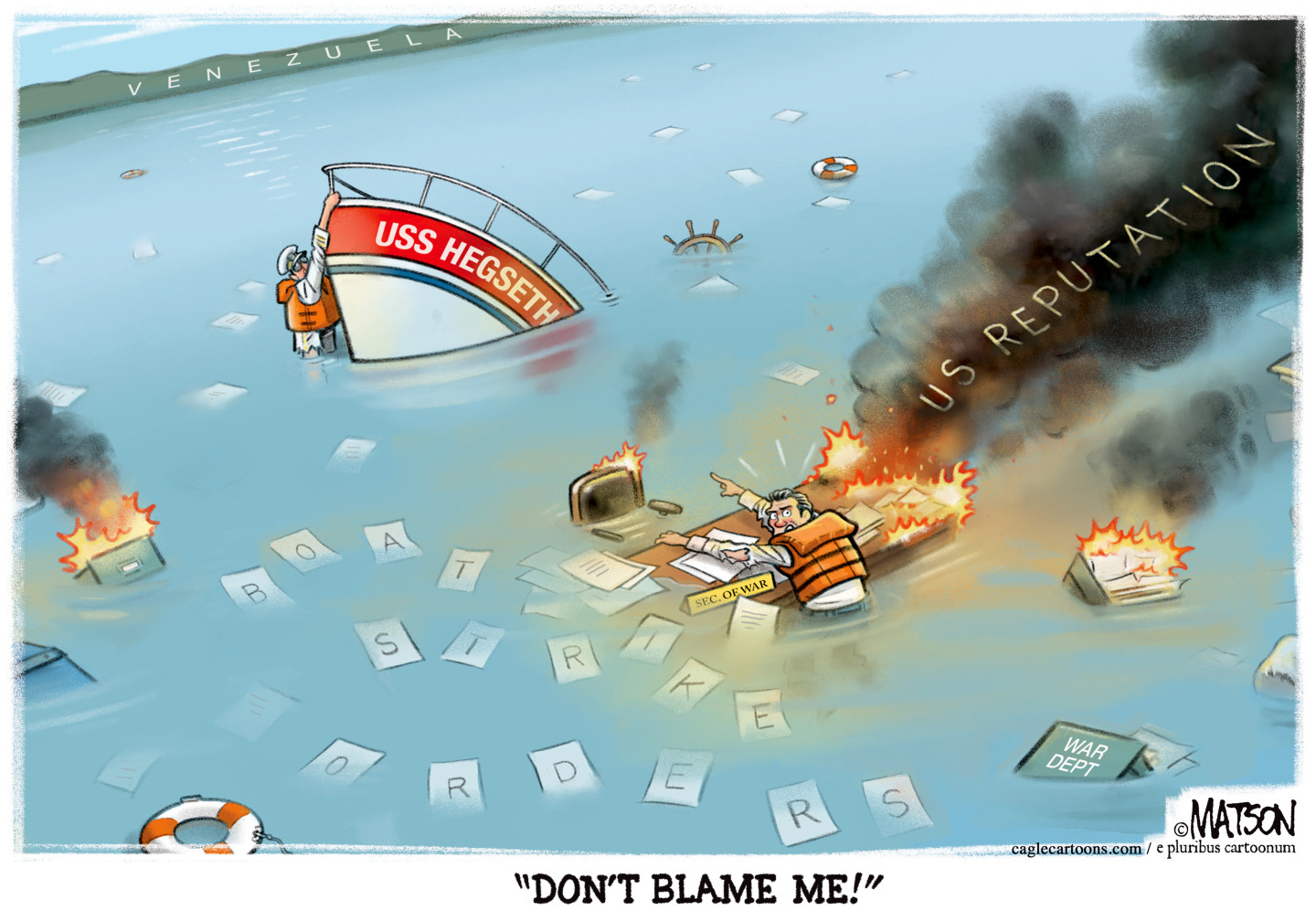 5 criminally underrated cartoons about Pete Hegseth’s war crime
5 criminally underrated cartoons about Pete Hegseth’s war crimeCartoon Artists take on USS Hegseth, rats leaving the sinking ship, and more
-
 Can Mike Johnson keep his job?
Can Mike Johnson keep his job?Today's Big Question GOP women come after the House leader
-
 A postapocalyptic trip to Sin City, a peek inside Taylor Swift’s “Eras” tour, and an explicit hockey romance in December TV
A postapocalyptic trip to Sin City, a peek inside Taylor Swift’s “Eras” tour, and an explicit hockey romance in December TVthe week recommends This month’s new television releases include ‘Fallout,’ ‘Taylor Swift: The End Of An Era’ and ‘Heated Rivalry’
-
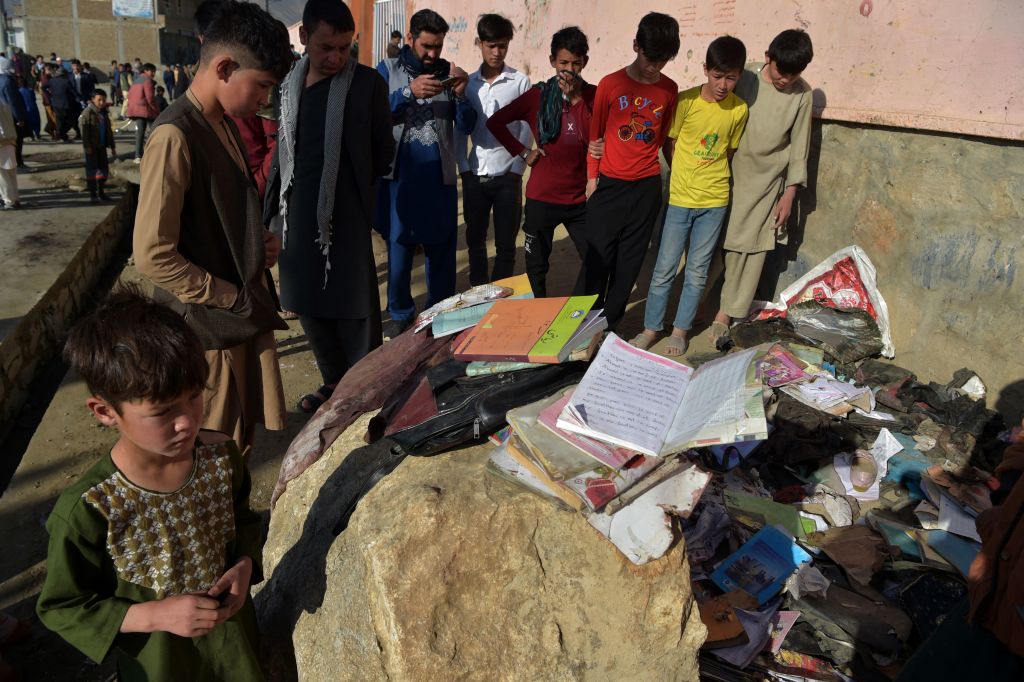 Bombing at girls' school in Kabul kills at least 50, including students
Bombing at girls' school in Kabul kills at least 50, including studentsSpeed Read
-
 Garland says DOJ is 'pouring its resources' into stopping domestic terrorists 'before they can attack'
Garland says DOJ is 'pouring its resources' into stopping domestic terrorists 'before they can attack'Speed Read
-
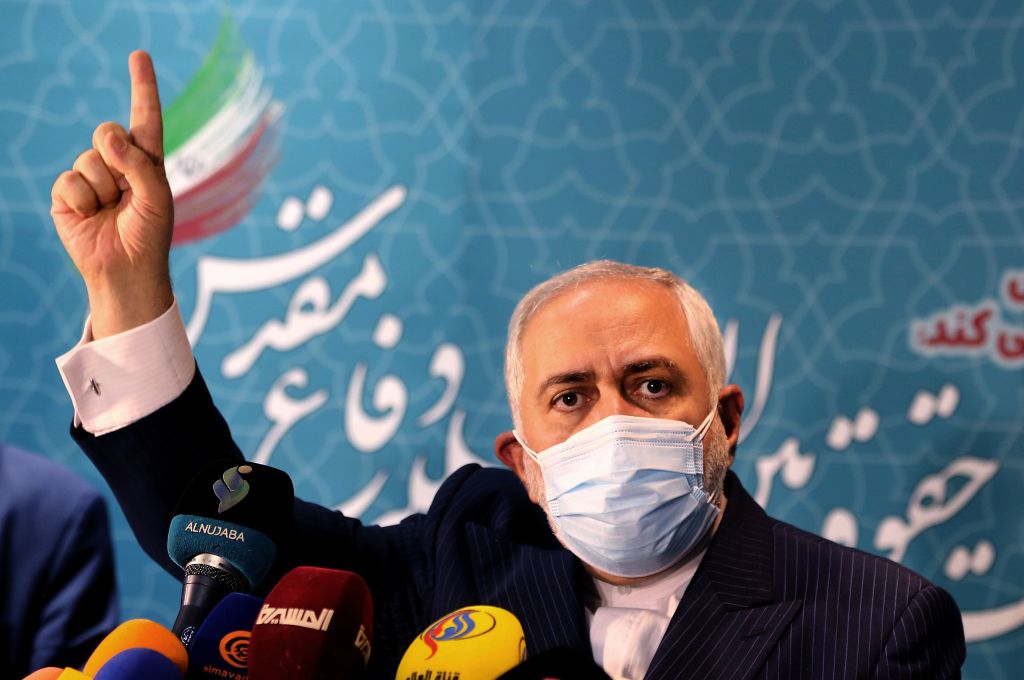 Suspected Israeli cyberattack on Iranian nuclear site complicates U.S.-Iran nuclear deal talks
Suspected Israeli cyberattack on Iranian nuclear site complicates U.S.-Iran nuclear deal talksSpeed Read
-
 North Korea fires 2 ballistic missiles into sea
North Korea fires 2 ballistic missiles into seaSpeed Read
-
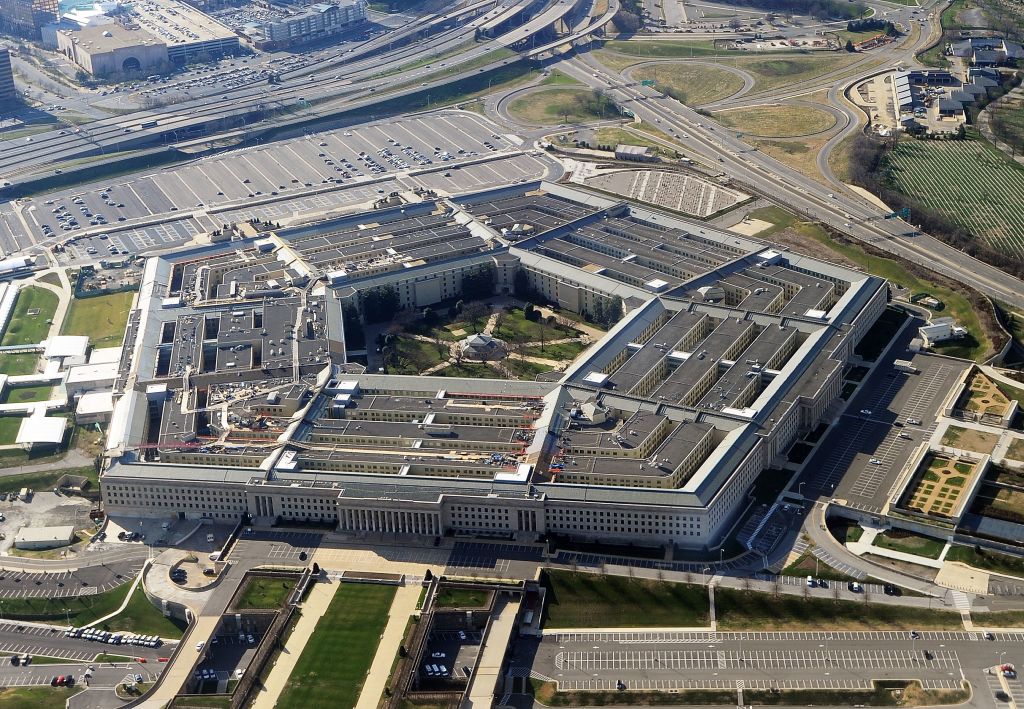 U.S. airstrikes target Iranian-backed militia facilities in Syria
U.S. airstrikes target Iranian-backed militia facilities in SyriaSpeed Read
-
 Rochester police who killed Daniel Prude during mental health crisis won't face charges
Rochester police who killed Daniel Prude during mental health crisis won't face chargesSpeed Read
-
 Mike Pence's 'nuclear football' was also apparently at risk during the Capitol siege
Mike Pence's 'nuclear football' was also apparently at risk during the Capitol siegeSpeed Read
-
 Trump publicly attacked Pence during the Capitol riot knowing Pence was in trouble, GOP senator suggests
Trump publicly attacked Pence during the Capitol riot knowing Pence was in trouble, GOP senator suggestsSpeed Read